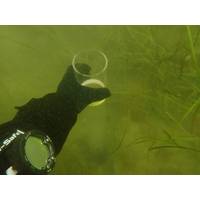
Trawling-Induced Sediment Resuspension Reduces CO2 Uptake
than previously thought — mainly due to the oxidation of pyrite. When this iron-containing mineral, typically found in oxygen-poor, muddy seafloor sediments, is disturbed it reacts with oxygen in the water. This reaction generates acid that converts climate-neutral bicarbonate into the greenhouse gas CO2.A large fraction of the CO2 generated by pyrite oxidation is subsequently released into the atmosphere. Modeling results suggest that these processes could significantly reduce the region’s CO2 uptake capacity. In other words, resuspension can turn the seafloor temporarily from a carbon
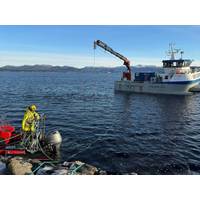
DNV Validates Efficiency of Flocean's Desalination Tech
as tens of billion in new projects come online within the next 10 years.Energy is the critical cost driver in desalination, accounting for one-third to over half of total operational expenses. In Cyprus, where desalination supplies most freshwater, the process generates 2% of the country's total greenhouse gas emissions and consumes 5% of its power.To verify these results in real-world conditions, the Flocean Zero project launched in November 2024. Initial data analysis confirmed that the deep ocean environment provides optimal conditions for high-efficiency desalination while dramatically reducing
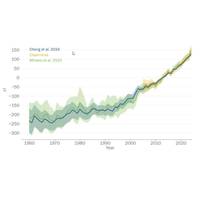
WMO Documents Spiraling Climate Impacts
currently estimated to be between 1.34 and 1.41 °C compared to the 1850-1900 baseline based on a range of methods – although it noted the uncertainty ranges in global temperature statistics.The record global temperatures seen in 2023 and broken in 2024 were mainly due to the ongoing rise in greenhouse gas emissions, coupled with a shift from a cooling La Niña to warming El Niño event. Several other factors may have contributed to the unexpectedly unusual temperature jumps, including changes in the solar cycle, a massive volcanic eruption and a decrease in cooling aerosols, according
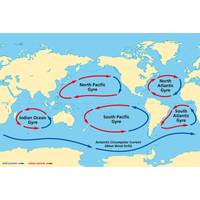
The World’s Most Powerful Ocean Current Could Slow by 2050
the researchers are confident that the melting ice will slow down the ACC, it’s unclear how much and where. Some studies suggest it may be too late to prevent melting in West Antarctica, but East Antarctic melting remains potentially preventable.To do this, the world must focus on reducing greenhouse gas emissions to prevent the ocean absorbing more atmospheric heat that’s ultimately directed towards Antarctica, say the researchers
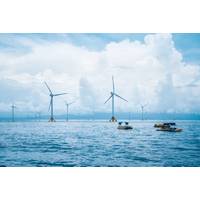
NOC Completes Scottish Roadmap for Offshore Wind Environmental Monitoring
planning of significant offshore wind farm expansion within, but not limited to, the Scottish sector of the North Sea.The report and its recommendations come at a pivotal moment, particularly for floating offshore wind expansion, as part of a broader Scottish Government strategy to achieve net-zero greenhouse gas emissions by 2045.Harnessing NOC’s expertise in environmental monitoring and marine observation, the report reviews current knowledge of key environmental aspects of the North Sea, focusing on the water column structure and seasonal variability.It highlights knowledge gaps around potential
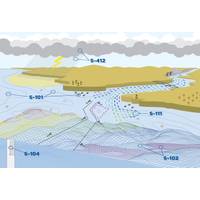
IHO Member States Adopt S-100 Operational Standards
to realize their full potential.Magnus Wallhagen chair of the Hydrographic Services and Standards Committee noted that implementing S-100 will bring four significant benefits: increased safety, enhanced efficiency, optimized loading capacity and reduced environmental impact. These align with the IMO greenhouse gas Strategy. S-100 implementation also represents a critical step towards achieving autonomous navigation and improved cyber security.Following the adoption of Edition 5.2.0 of S-100 in June 2024, operational editions of key S-100-based Product Specifications have been approved in December 2024
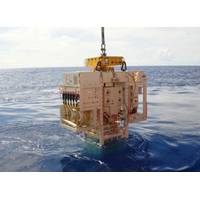
SLB OneSubsea to Deliver Production-Boosting Systems for Petrobras' Búzios Field
pump, umbilical system and topside variable speed drive.The subsea RWI systems will help to increase the production of floating production storage and offloading (FPSO) vessels, which are currently bottlenecked in their water injection capacities.Once operational, the RWI systems will reduce greenhouse gas (GHG) emissions per barrel of oil as they are a more efficient means of reservoir pressurization to increase recovery when compared with the conventional alternative of topside injection systems.“As deepwater basins mature, we see more and more secondary recovery opportunities emerging

Warming Predictions Point to Need for Adaption as well as Decarbonization
, who co-authored the study with Colorado State University climate scientist Elizabeth Barnes.For the new study, Diffenbaugh and Barnes trained an AI system to predict how high global temperatures could climb, depending on the pace of decarbonization. They trained the AI with temperature and greenhouse gas data from vast archives of climate model simulations. To predict future warming, however, they gave the AI the actual historical temperatures as input, along with several widely used scenarios for future greenhouse gas emissions."AI is emerging as an incredibly powerful tool for reducing
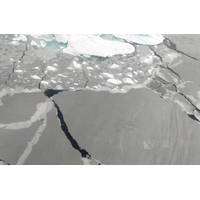
Arctic Sea Ice Could Reach Turning Point by 2027
Sciences and fellow at CU Boulder’s Institute of Arctic and Alpine Research. “But it will show that we've fundamentally altered one of the defining characteristics of the natural environment in the Arctic Ocean, which is that it is covered by sea ice and snow year-round, through greenhouse gas emissions.” Jahn and Heuzé projected/estimated the first ice-free Arctic day using output from over 300 computer simulations. They found that most models predicted that the first ice-free day could happen within nine to 20 years after 2023 regardless of how humans alter their
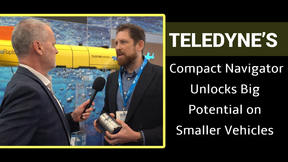
 February 2025
February 2025




